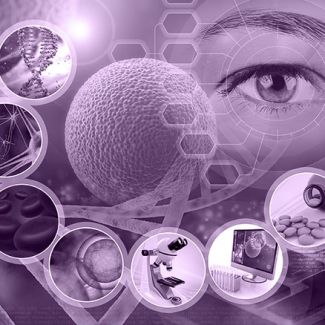Étude de la connectivité effective du réseau cortical des visages chez l'homme à l'aide d'une combinaison de stimulation électrique intracérébrale et de stimulation visuelle périodique rapide
Effective connectivity behind the cortical face network observed through concurrent intracerebral electrical stimulation and frequency-tagged visual presentation
Jury
Directeur de these_ROSSION_Bruno_UNIVERSITE DE LORRAINE
Rapporteur_BARTON_Jason_UNIVERSITY OF BRITISH COLUMBIA
Rapporteur_KELLER_Corey_STANFORD UNIVERSITY
CoDirecteur de these_JONAS_Jacques_UNIVERSITE DE LORRAINE
Président_GOFFAUX _Valérie _UCLOUVAIN
Examinateur_CORSI_Marie-Constance _INRIA, INSTITUT DU CERVEAU
école doctorale
BioSE - Biologie Santé Environnement
Laboratoire
IMoPA - Ingénierie Moléculaire et Physiopathologie Articulaire
Mention de diplôme
Sciences de la Vie et de la Santé - BioSE
Amphithéâtre neuroscience
Centre Hospitalier Régional et Universitaire de Nancy
Hôpital Central
29 Av. du Maréchal de Lattre de Tassigny, 54000 Nancy
Mots clés
Reconnaissance des visages,SEEG,Stimulation électrique directe,Connectivité effective,Stimulation visuelle périodique rapide,
Résumé de la thèse
Les mécanismes neuraux de la reconnaissance des visages chez l'Homme ont été largement étudiés pendant des décennies. La contribution de plusieurs régions cérébrales spécifiques aux visages dans le cortex occipito-temporal ventral (e.g., dans le gyrus fusiforme ; gyrus occipital inférieur) a été établie, mais l'organisation fonctionnelle de ce réseau cortical reste largement inconnue.
Keywords
Face recognition,SEEG,Direct electrical stimulation,Effective connectivity,Frequency-tagging,
Abstract
The neural basis of human face recognition has been extensively studied for decades. The contribution of several face-selective brain regions in the ventral occipito-temporal cortex (VOTC; e.g., in the fusiform gyrus and inferior occipital gyrus) has been established, but the functional organization of this cortical network remains largely unknown. The general goal of this project is to understand how faces are processed, recognized, and linked to a specific familiar identity, by studying the key brain areas responsible and how they interact with each other.




